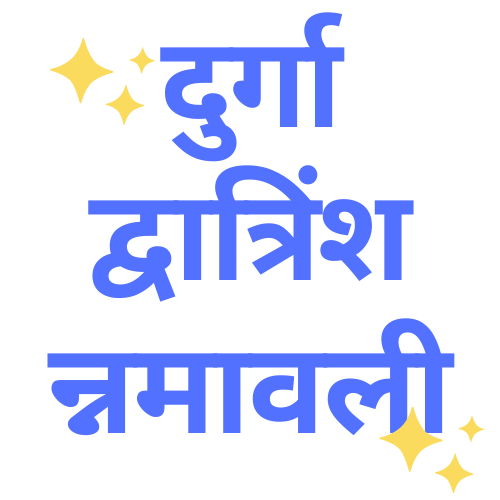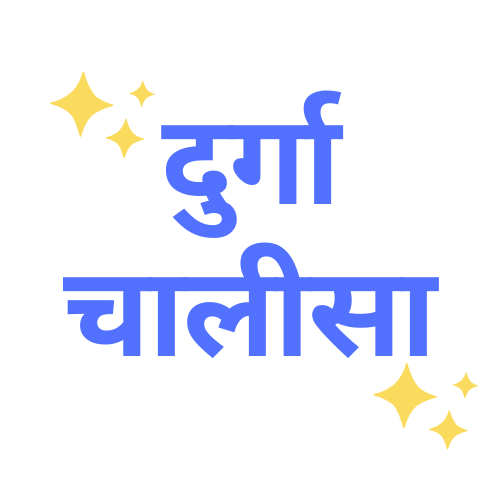Durga Kavach Explained
Do you yearn for unwavering strength and protection? In the face of daily challenges, wouldn’t an impenetrable shield, blessed by a powerful deity, be a welcome ally? The Durga Kavach, a sacred chant, offers just that. This potent chant, invoking the warrior goddess Durga, is believed to create an armor of protection around the devotee. Join us on a journey to decipher the Durga Kavach verse by verse. We’ll unlock its hidden meanings, empowering you to harness Durga’s fierce spirit and navigate life’s battles with unwavering confidence.
ईश्वर उवाच।
शृणु देवि प्रवक्ष्यामि कवचं सर्वसिद्धिदम्।
पठित्वा पाठयित्वा च नरो मुच्येत सङ्कटात् ॥ 1 ॥
Listen, Devi, I shall narrate the armour (kavach) that bestows all accomplishments. A person, after reading it or causing it to be read, is freed from distress.
In this verse, Lord Shiva is introducing the Durga Kavach to Devi, indicating that it is a powerful protective shield that grants all sorts of achievements and removes obstacles and difficulties from the life of the individual who recites it or causes it to be recited.
अज्ञात्वा कवचं देवि दुर्गामन्त्रं च यो जपेत्।
न चाप्नोति फलं तस्य परं च नरकं व्रजेत्॥
Without knowing the protective shield (kavach) or chanting the Durga mantra, one does not attain its fruit, and may even be subjected to dire consequences.
This verse emphasizes the importance of understanding and practicing the protective shield and chanting the Durga mantra for reaping its benefits, as neglecting to do so may lead to unfavorable outcomes.
उमादेवी शिरः पातु ललाटे शूलधारिणी।
चक्षुषी खेचरी पातु कर्णौ चत्वरवासिनी॥
May Goddess Uma protect my head, the wielder of the trident protect my forehead,
May the one with eyes protect my eyes, and the one with four arms protect my ears.
This verse invokes the divine protection of Goddess Uma, who is also known as Durga, to safeguard various parts of the body, including the head, forehead, eyes, and ears, from harm or negativity.
सुगन्धा नासिकं पातु वदनं सर्वधारिणी ।
जिह्वां च चण्डिकादेवी ग्रीवां सौभद्रिका तथा ॥
May the Goddess who possesses all forms protect my nose which smells sweet fragrances, my face, my tongue, and my neck.
This verse invokes the blessings and protection of the Divine Mother (Goddess Durga) for specific body parts, seeking her grace to safeguard the sense organs and vital areas.
अशोकवासिनी चेतो द्वौ बाहू वज्रधारिणी ।
हृदयं ललितादेवी उदरं सिंहवाहिनी ॥
This verse from the Durga Kavach describes Durga's presence residing within different parts of the devotee's body.
Mind: The mind is said to be the dwelling place of Aśokavāsinī, meaning the one who resides in a sorrowless place. This symbolizes a state of mind free from negativity and fear, protected by Durga.
Arms: The two arms are likened to Vajradhāriṇī, the goddess who wields the thunderbolt (Vajra). This signifies that Durga's strength and power course through the devotee's arms.
Heart: The heart is identified with Lalitādevī, the playful goddess. This suggests that Durga brings joy, devotion, and a sense of playfulness to the devotee's heart.
Belly: The belly is associated with Siṃhavāhinī, the lion-rider Durga. This depicts Durga's fierce power residing within the core of the devotee, providing them with inner strength and courage.
By visualizing these aspects of Durga within their body, the devotee seeks her constant protection and blessings, aiming for a state of mental clarity, physical prowess, emotional well-being, and unwavering inner strength.
कटिं भगवती देवी द्वावूरू विन्ध्यवासिनी ।
महाबला च जङ्घे द्वे पादौ भूतलवासिनी ॥
This verse from the Durga Kavach continues to describe Durga's presence within the devotee's body, focusing on the lower half.
Waist: The revered goddess herself is said to reside in the waist. This signifies that Durga is the core of the devotee's being, providing stability and support.
Thighs: The two thighs are associated with Vindhyavāsinī, a mountain range, it symbolizes Durga's unwavering presence that offers stability and grounding.
Calves: The calves are said to possess great strength. This represents Durga's immense power residing within the devotee, granting them physical strength and resilience.
Feet: The two feet are likened to Bhūtalavāsinī, the dweller of the earthly plane. This signifies Durga's connection to the physical world, grounding the devotee and allowing them to navigate through life's challenges with her blessings.
By visualizing Durga in these various aspects, the devotee seeks her constant protection and empower themselves with stability, strength, and connection to the world.
एवं स्थिताऽसि देवि त्वं त्रैलोक्ये रक्षणात्मिका ।
रक्ष मां सर्वगात्रेषु दुर्गे देवि नमोऽस्तु ते ॥
The devotee acknowledges Durga's presence within their body, as described in the previous verses. They address her as the embodiment of protection who pervades all three worlds. Finally, the devotee pleads for Durga's protection in all their limbs (throughout their entire body) and offers salutations to her.
This verse signifies the culmination of the visualization process. After picturing Durga in different parts of the body, the devotee seeks her constant protection and blessings for their entire being.










108 Names of Maa Durga